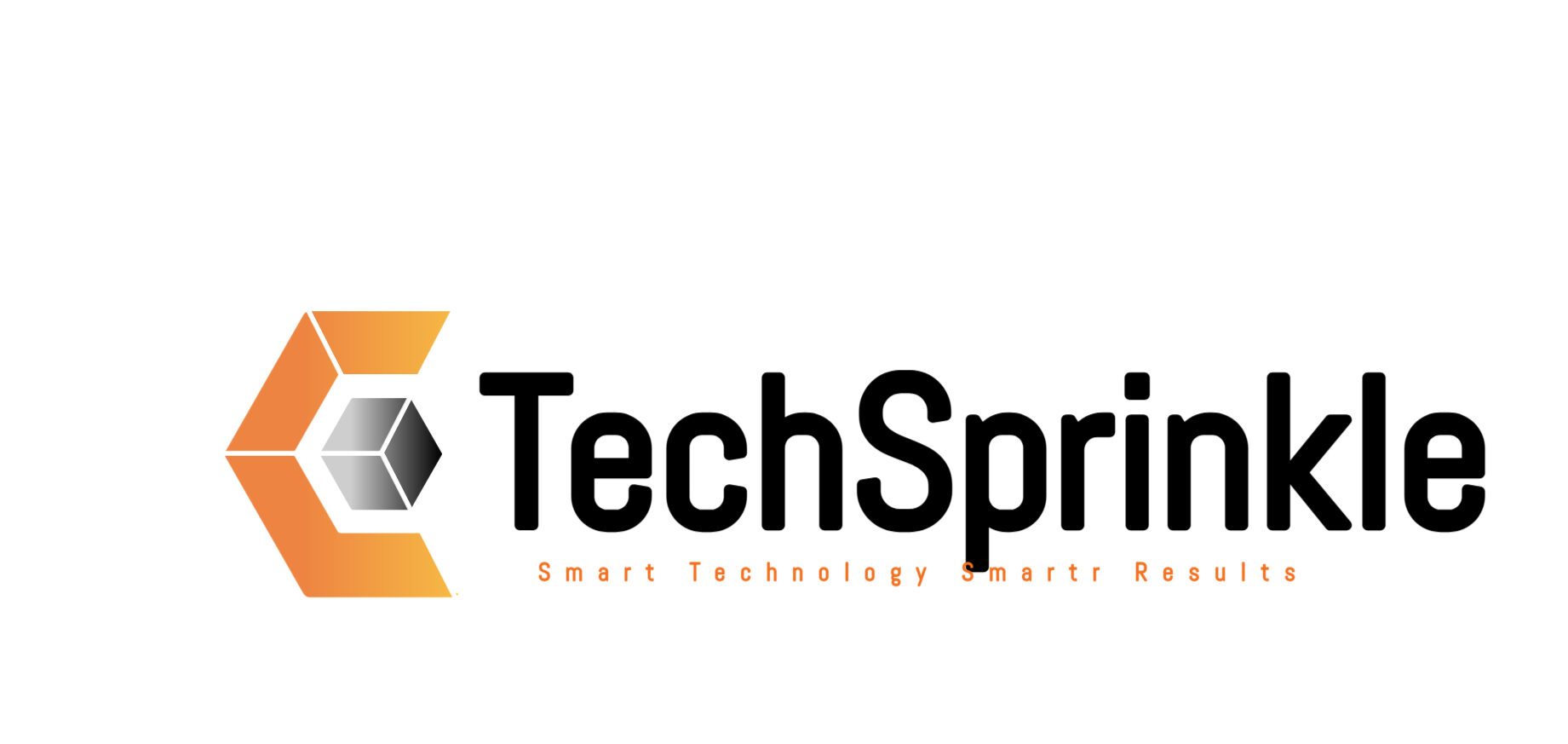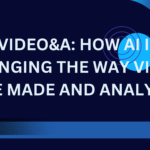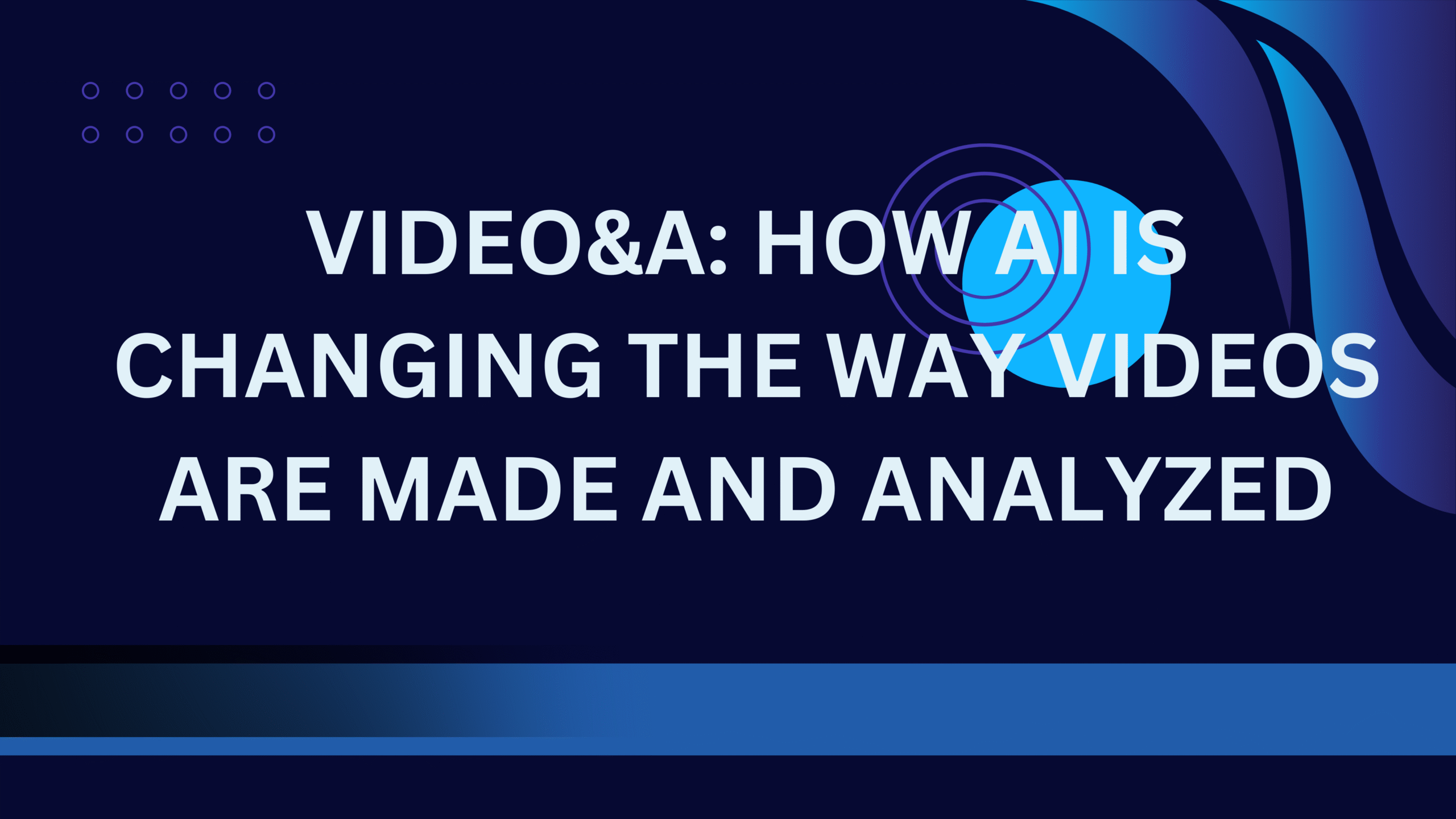Table of Contents
Beginning
Ten years ago we couldn’t have envisioned how quickly technology would go forward. Lidarmos is a word that is getting a lot of attention among the numerous new ideas that will change industries in 2025. Lidarmos may sound strange yet it is a strong idea that connects data mapping and decision-making frameworks.
In short Lidarmos is a hybrid solution that combines the ideas of LiDAR Light Detection and Ranging and modular systems (MOS). It is employed in many fields including robots, self-driving cars construction environmental monitoring, and smart cities.
This blog will talk about all you need to know about Lidarms including what it is why it matters how it works its benefits and cons the most important things to think about and how it can be used in many fields. You’ll not only know what Lidarms means at the end but you’ll also see why it’s becoming one of the most important frameworks in both the digital and physical worlds.
What is Lidarmos?
Lidarmos is a modular system based on LiDAR that is meant to collect process and analyze 3D data with a lot of accuracy.
LiDAR sends out laser pulses and measures the data that bounce back to make very detailed realtime 3D maps.
MOS (Modular System) makes the technology flexible scalable and configurable for use in many other fields.
When put together Lidarmos gives you:
Precision 3D Mapping is the process of making detailed models of places.
Modular Integration: The system can be changed to fit the needs, of different industries.
Real-Time Processing: This is great for applications, that change all the time, like self-driving cars.
Scalability: It can work with everything from small drones, to big industrial machinery.
In short Lidarms is a mix of several ways to sense map and make decisions based on data.
What makes Lidarmos important?
Lidarmos is important because it can help people solve problems more accurately flexibly and quickly.
The Foundation for Autonomous Systems
Real-time 3D mapping is what self driving cars delivery drones and robotics use. Lidarmos gives us that base.
Building Smart Cities
Lidarmos helps gather accurate environmental data for things like managing traffic and developing cities.
Monitoring the Environment
It helps in forestry farming and climate research by mapping landscapes and keeping track of changes.
Building and Infrastructure
Engineers use Lidarmos to make digital twins of projects that are very exact which cuts down on mistakes and expenditures.
Important in Many Industries
Because it is modular it can be used in healthcare defense logistics and research.
How does Lidarmos work?
Lidarmos works in five steps:
Step 1: Emission
Lidarmos employs a LiDAR system that works with lasers to send out millions of pulses every second.
Step 2: Think about it
These pulses come back to the sensor after bouncing off of things like buildings trees cars and people.
Step 3: Take a measurement
The system figures out how far away, something is by how long it takes for the pulse to come back.
Step 4: Processing the Data
This raw data is turned into 3D point clouds using a modular processing device.
Step 5: Look at it and use it
Depending on the field the processed data is used for planning design navigation or monitoring.
For instance, in self-driving cars:
Lidarmos gives automobiles 3D maps of the road in real time which helps them see people other cars and obstructions
Example in Building:
Before construction starts architects employ Lidarmos scans to make accurate digital copies (digital twins) of a project location.
The Good Things About Lidarmos
Very precise—maps with an accuracy of one centimeter.
Modularity: It can easily work with drones, cars, and industrial devices.
Real-Time Data: Helps industries that need to keep track of time, such transportation and robotics.
Scalability: It may be used for both small and large projects.
Useful in Many Fields: Can be used in healthcare, defense, and more.
Helps with new ideas—gives AI and machine learning the data they need to work.
Sustainability—Good for keeping an eye on trees, pollution, and how well energy is used.
Lidarmos’ disadvantages
High Cost of Implementation: Setting up the hardware and software might be pricey.
Complexity—Data must be managed and understood by qualified individuals.
Too Much Data—Large datasets may need more advanced technologies for storing and processing.
Weather Limitations—Fog, rain, and snow can make LiDAR less accurate.
Problems with regulations: Using it in public places could cause privacy, or compliance problems.
Energy Use: Some high performance systems use a lot of power.
Things to Think About Before Using Lidarmos
Here are the most important things, to think about if you want to embrace Lidarms:
Purpose: Figure out why you need Lidarms for navigation mapping or monitoring.
Budget: Think about the costs of both setting up and keeping things running in the long term.
Scalability: Pick modules, that will work with your goals for growth.
Data Management: Set up a way to store a lot of data.
Team Skills: Hire or train people who know how to analyze LiDAR data.
Regulatory Compliance: Follow rules, on safety and privacy.
Integration means making sure that new software and hardware work with what you already, have.
Reliability—Test under different weather and environmental situations.
Security: Keep data safe, especially in areas like military where it is very sensitive.
Plan for energy efficiency and being eco-friendly in the long run.
Uses for Lidarmos
1. Cars that drive themselves
Lidars are very important for self driving automobiles to find their way, safely.
2. Robots and drones
Used for robotics in factories farms and delivery drones.
3. Real Estate and Building
Helps with 3D site modeling, surveying, and making digital twins.
4. Smart Cities
Helps in keeping an eye on traffic, planning cities, and keeping people safe.
5. Science of the Environment
Maps of forests glaciers and bodies of water help keep track of climate change.
6. Farming
Farmers use Lidarms to keep an eye on the health of their crops the quality of their soil and their irrigation.
7. Safety and Defense
Helps with monitoring borders mapping topography and responding to disasters.
8. Health care
Helps make innovative prosthesis and places for rehabilitation.
9. Research and Education
Used at colleges to study geography, geology, and engineering.
10. Logistics
Helps with route optimization and warehouse automation.
Case Studies
Study 1: Smart Cities
A city in Europe used Lidarms to plan its streets. They made traffic flow 25% better and cut down on energy consumption in street lights in just three years.
Case Study 2: Farming
A group of farmers used Lidarms drones to keep an eye on their crops. The yield went up by 18% and the amount of pesticides used went down by 12%.
Case Study 3: Driving on Its Own
A top vehicle maker deployed Lidarms in its fleet of self-driving cars. Better object detection led to a 40% decline in safety occurrences.
Lidarmos in the Future
The future of Lidarms looks bright with:
AI Integration: Making decisions automatically with 3D maps.
Blockchain is a safe way for smart cities to share data.
Miniaturization is making sensors, for consumer electronics smaller and cheaper.
Sustainability:sensors, that are good for the environment and use renewable energy.
Adoption around the world:smart farming in Asia and self-driving cars in Europe.
Frequently Asked Questions about Lidarmos
Q1: Is Lidarmos the same as LiDAR?
No, not quite. LiDAR is the technology that senses things, and Lidarms is a modular system based on LiDAR that may be used in more ways.
Q2: Is Lidarmos exclusively for big businesses?
No, small firms like farms or new construction companies can also use smaller versions.
Q3: Is it possible for Lidarmos to take the role of GPS?
No, however it adds more accurate 3D mapping to GPS.
Q4: Is Lidarmos a good price?
It costs a lot up front but it pays off in the long run by being more efficient and saving money.
Q5: Does the weather have an effect on Lidarmos?
Yes, but new systems are making things better in stressful situations.
In conclusion
Lidarmos isn’t just a buzzword it’s a game changer for businesses that need accuracy the ability to grow and information in real time. It lets organizations use solutions that are right for them by combining LiDAR technology with modular frameworks.
Lidars can be used for a lot of different things and their uses are developing all the time. For example, they can be used in self driving cars smart cities farming, and healthcare. There are problems like cost, complexity and rules but the advantages are much greater than the problems.
As we get closer to 2025 and beyond Lidarms will probably become a key part of innovation changing how we get around cities grow food create infrastructure and even keep an eye on the environment.
If you’re thinking about using new technologies to improve accuracy and efficiency Lidarms is a good option to look at right now.










